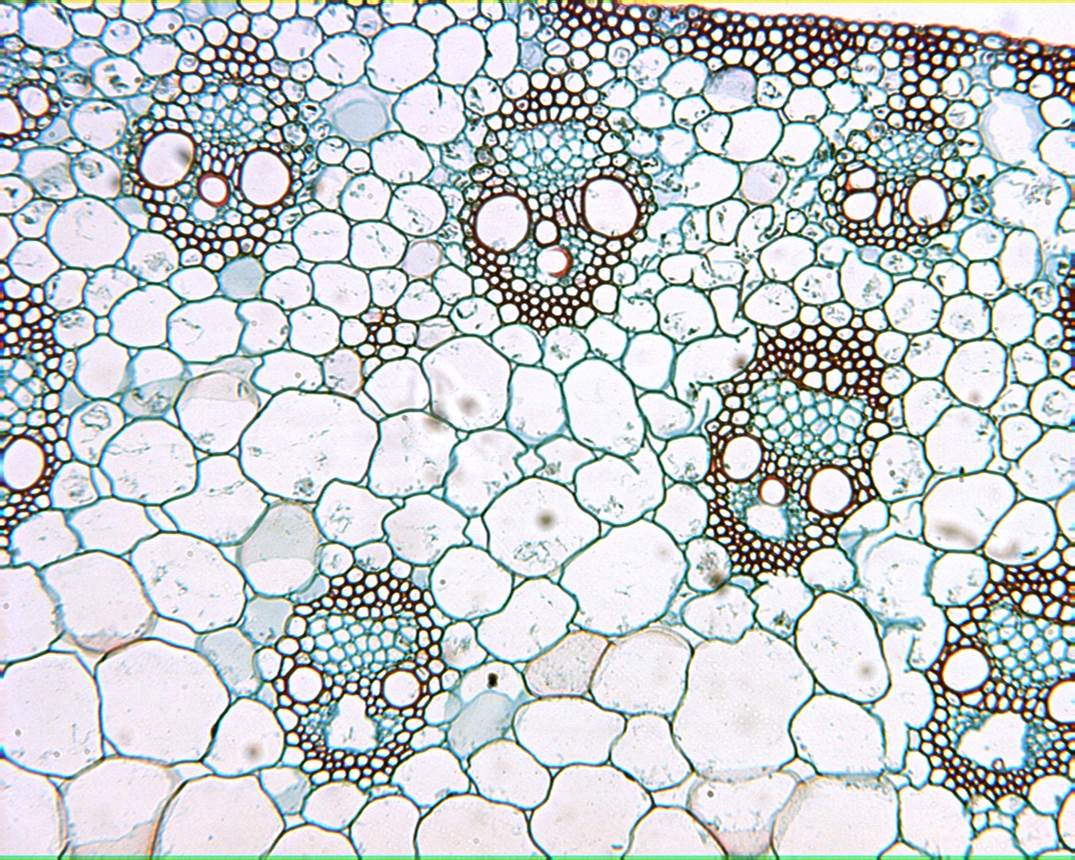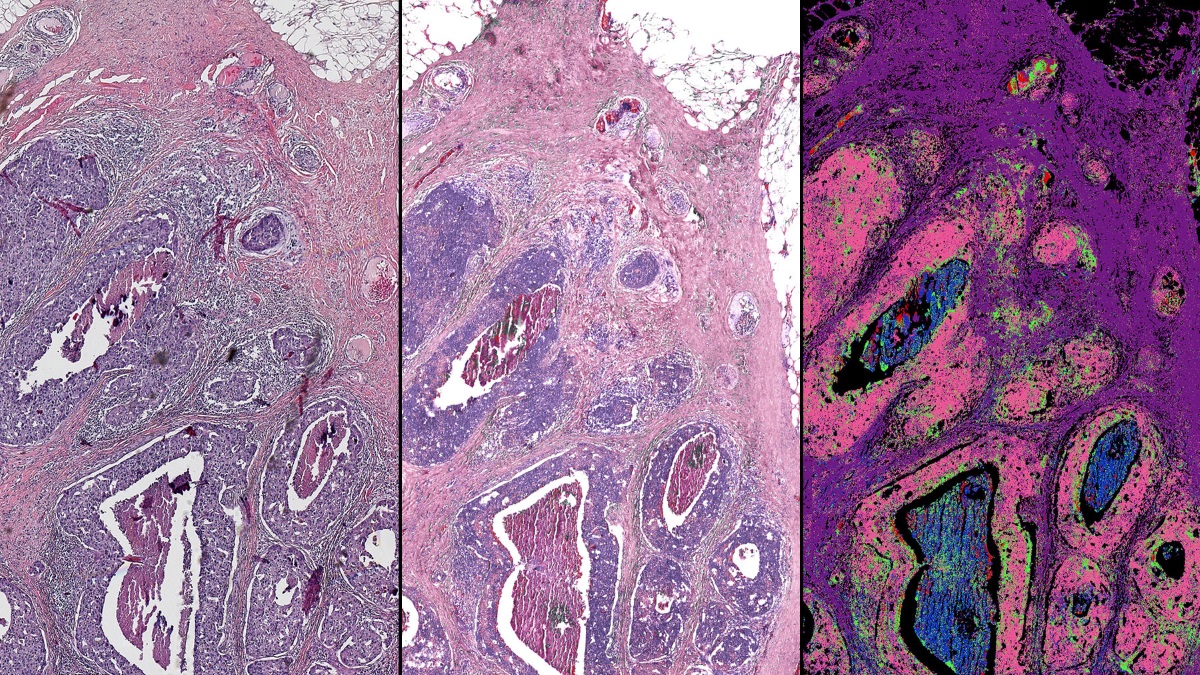

The dark field method is mainly used to study in transmitted light transparent non-absorbent objects that cannot be observed using the bright field method. Most often - biological, such as bacteria and protozoa. In reflected light, opaque samples, such as thin sections of metals, can also be studied. Get more info here: microscopy field of view
The principle of operation is as follows. The light from the illuminator passes through a special dark-field condenser, which forms a beam of rays in the form of a hollow cone and directs it to the studied drug. The main part of the rays passes by the lens, and the image is formed only by light scattered by the inhomogeneous structure of the sample. In the field of view of the microscope on a dark background, light sections of the structure of the preparation and large particles with bright edges are displayed, which have a refractive index different from the environment.
To conduct research in a dark field, it is necessary to use microscopes of a special design or special dark-field capacitors that are installed in place of the standard condenser.
Disadvantages and Benefits of Dark Field Research
Like any research method, dark-field microscopy has its advantages and disadvantages.
The main advantage of this method is the ability to work with transparent objects that cannot be observed in a bright field. And the flaws are determined by physical limitations.
The first is the need to use very powerful light sources, which can often damage the sample. This is due to the fact that a small part of the source light is used for image formation, and most of it does not fall into the lens. But, for example, when working with powerful laser lighting, the drug can simply be accidentally burned.

Secondly, the aperture of the condenser should be significantly higher than the aperture of the microscope objective, which greatly affects the resolution of the latter. The maximum value of the lens aperture for working according to the dark field method can be 1.2, and often even less - 0.8. For comparison, the same indicator in a bright field lens can reach 1.45.
Thirdly, thick slides cannot be used to work according to the dark field method. With a large thickness of the slide, it is impossible to obtain the correct illumination of the sample, since the focus of the condenser is shifted from the preparation into the glass. For example, with a dark field capacitor OI-13, only glass with a thickness of not more than 1.2 mm can be used.
Fourthly, nothing can be said about the transparency of the particles of the sample and the refractive index they have from the resulting image.
At first glance, it might seem that the dark field method is worse than research in a bright field, but this is not entirely true. Do not forget that transparent samples cannot be examined in a bright field. In addition, each of these methods distinguishes different features of the sample. Bright-field microscopy makes visible sharp transitions and large elements that cast shadows, and smooth changes are better reflected by the dark-field microscopy method.
Dark Field Capacitor: Features and Operation
A dark field capacitor is an element of the lighting system of a microscope, which is a system of lenses. It is established when dark field studies are planned. The task of the condenser is to collect the maximum amount of light from the light source and direct it to the sample under study. A capacitor can significantly enhance the illumination of the drug, due to focusing on it, including those rays that, if there were no condenser, would pass by the drug.

Whatever the means used (electric epilator, wax, razor or depilatory cream), pulling a hair is a micro trauma to the epidermis.
By removing hair from hair follicles, hair removal actually creates inflammation of the pores of the skin. These are the famous little red dots that often appear right after. To gain ideas and more related articles can be found at Kalista Salon. Check it out for more info.
The razor is also aggressive. Even if it simply cuts the hair without tearing it off, its action causes irritation of the skin by removing the protective film of the epidermis called "hydrolipidic film".
Torn from all sides at the time of hair removal or shaving, the skin tends to dry out in the long run. The protective barrier composed of water and fats being weakened, the skin loses suppleness, it becomes rougher and becomes dehydrated.

After hair removal, the skin tends to tug, to heat. To soothe the fire of hair removal, aloe vera gel is recommended. This refreshing treatment is indeed known to relieve redness and irritation of the skin. Frequently used for its anti-drying ability,
In addition, floral waters such as bitter orange or rose water are ideal after hair removal to calm and rebalance dry and fragile skin. You can dab them with a cotton pad on the skin after waxing.
For very dry skin, do not hesitate to use a nourishing cream or vegetable oil to deeply plump the skin and soften it.
Full of fatty acids, argan oil is known to regenerate the skin and improve skin hydration. For a more generous texture, prefer a nourishing balm with argan oil that will soften and moisturize the skin.
After your hair removal, it is recommended not to use perfume or alcohol-based treatments such as deodorants. Since hair removal can cause slight lesions, it may further irritate the skin just weakened and cause a tingling sensation. Note that pores are very open after hair removal, which makes the skin all the more permeable.
Also repel your scrub, too abrasive for a skin already attacked. Finally, avoid as much as possible exposure to the sun during the 24 hours following hair removal to limit pigmentary reactions such as redness, allergies or skin stains.
Make a free website with Yola